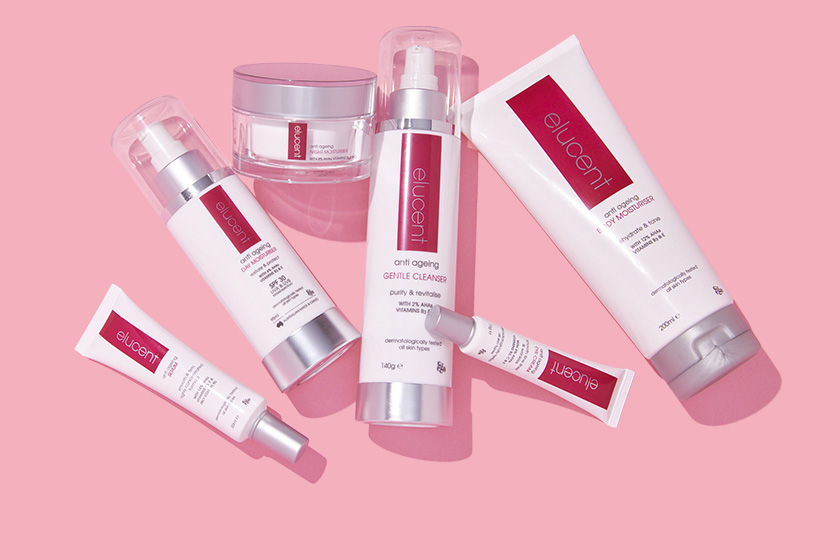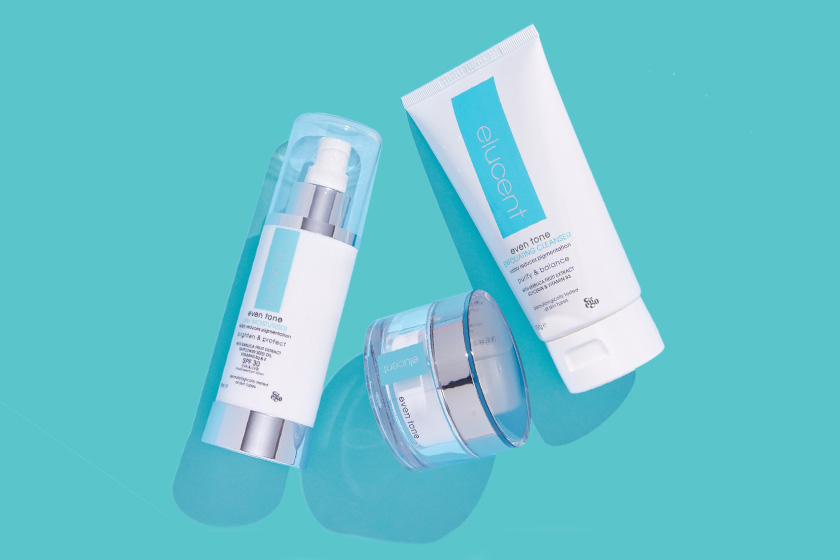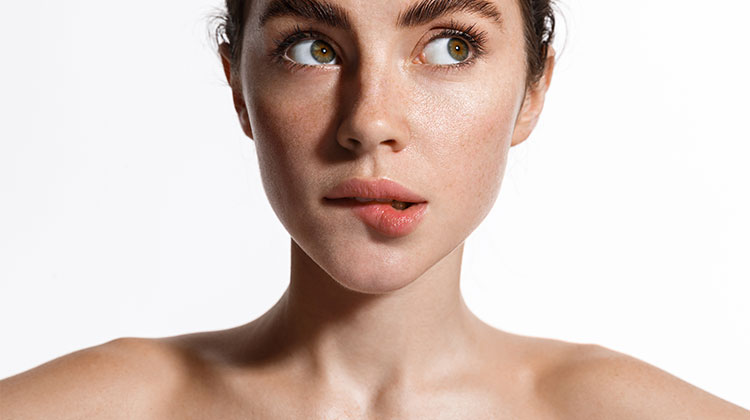Free shipping on orders over $49.99
Free shipping on orders over $49.99
Skin changes as we age. Its look, feel and how it works are affected by shifting biological functions, leading to dullness, pigmentation and fine lines or wrinkles.
That’s where good skincare comes in. By giving your skin a helping hand to shed dead skin and assist in speeding up the cell turnover process, a well-formulated, targeted skincare routine can reveal more radiant skin and reduce the appearance of fine lines and wrinkles.1 2
Help reveal more youthful-looking skin. Our Anti Ageing Range combines a carefully-selected blend of vitamins with Alpha Hydroxy Acids (AHAs - Glycolic and Lactic Acid) to visibly reduce fine lines and wrinkles.

Pigmentation? Skin looking dull? We formulate our Even Tone Range with powerful Antioxidants and Vitamins to visibly reduce pigmentation and help brighten up your skin.

Alpha Hydroxy Acids (AHA) are acids that can be either naturally-occurring; found in fruit, plants and milk, or can be synthetically made. They have been used in skincare for decades to chemically exfoliate dry or dead skin cells. The result? Increased cell turnover which reveals skin with visibly improved texture, firmness, and elasticity3.
We use two key AHAs in our Anti Ageing Range, in varying strengths across different products for a full rejuvenating routine.
We formulate our Even Tone Range with a blend of powerful Antioxidants and Vitamins along with carefully-selected key ingredients to help visibly reduce pigmentation and brighten up your skin.

Over time, excessive sun exposure can cause pigmentation cells to increase their production of melanin5.
This sometimes darkens the skin unevenly which, along with dehydration, can make it appear older.
Over time, excessive sun exposure can cause pigmentation cells to increase their production of melanin5.
This sometimes darkens the skin unevenly which, along with dehydration, can make it appear older.
We gave 50 women aged 40-65 an Even Tone routine to follow over a 12-week trial6.
1. Madiha F, Mehran R, Alia N, Awan SJ. A systematic review of ageing and its causes. International Journal of Development Research. 2018; 8(11): 23904-23908.
2. Boxberger M, Cenizo V, Cassir N, La Scola B. Challenges in exploring and manipulating the human skin microbiome. Microbiome. 2021; 9(1):125.
3. Berardesca E. and Maibach H. (1995) AHA mechanisms of Action. Cosmetics & Toiletries Magazine, Vol 110, p30-31.
4. Tran D, Townley JP, Barnes TM, Greive KA. An anti ageing skin care system containing alpha hydroxy acids and vitamins improves the biomechanical parameters of facial skin. Clin Cosmet Investig Dermatol. 2014 Dec 19; 8: 9-17.
5. What to know about hyperpigmentation. Medical News Today [Internet]. [cited April 1 2021]. Available from: https://www.medicalnewstoday.com/articles/323808#_noHeaderPrefixedContent
6. Study conducted using a three-product skincare regime, Elucent Even Tone Exfoliating Cleanser, Elucent Even Tone Day Moisturiser SPF 30, Elucent Even Tone Night Moisturiser, L0709. 2009 Nov 10. (n=50 females ages 40-65). Study sponsored by Ego Pharmaceuticals Pty Ltd. Data held on file.